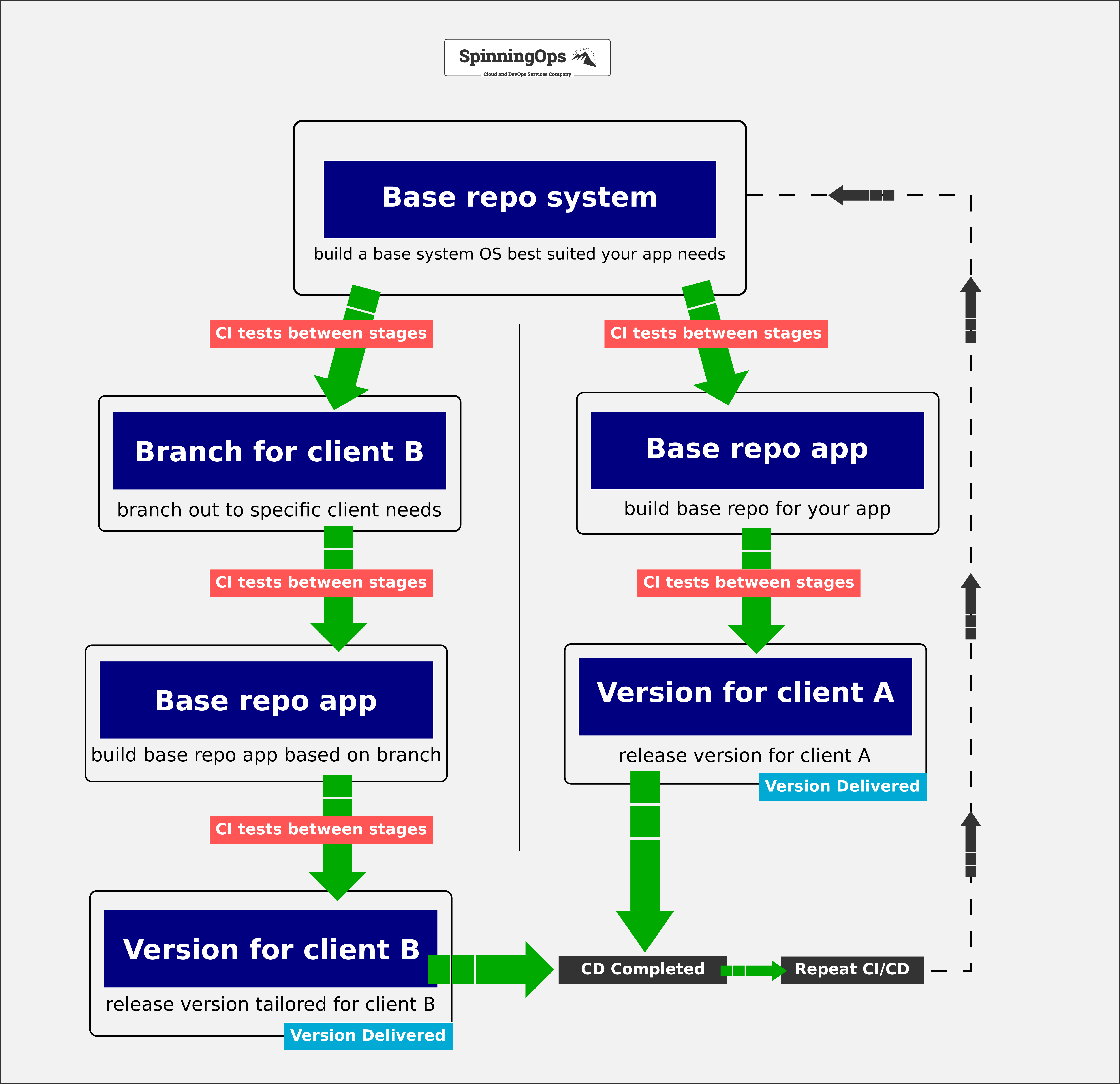Continuous Delivery AKA CD is a set of practices that aim to build > automate > release software cycles.
CD is about delivering software to the end-user as fast as you can it’s a challenge due to best practices and other software concerns.
Benefits of CD
Let’s go over a few benefits you can achieve in your CD process/workflow.
Faster time to deliver software
Once your development team agrees on a CD “plan” something that works for your product and company and you have “field-tested” it, you’ll have faster build and release cycles.
Better teamwork in the development
Again let’s use the word “agreed” which means your development team has a plan and a system to accomplish a version release cycle, your development team will work better towards that goal of developing and releasing new software, why? fewer arguments, people know the workflow, and stuff gets done.
Lower costs (in theory)
Let’s assume you have the best optimal workflow for your development team, now that your development cycles are working fairly faster the costs may be lower, less compute resources, fewer meetings, and more efficiency.
Faster reach to market
So this is more of a business aspect but is depended on product development, if your product development is fast meaning you can release versions of your product (in this case software) faster then you can deliver faster features and products thus giving you the advantage over competitors that have a slower rate of product release.
